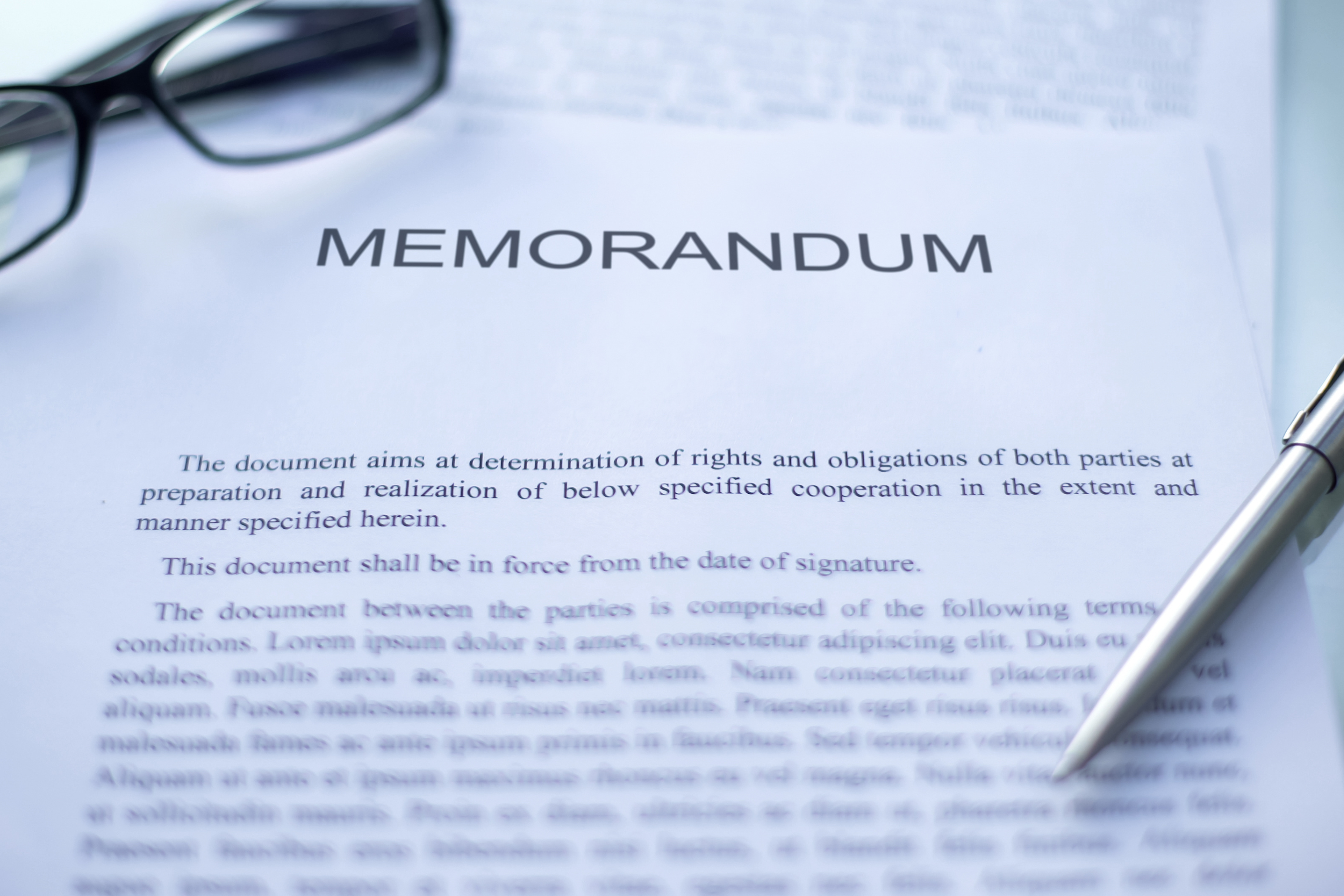In the intricate world of business formation, understanding the key documents that lay the groundwork for your company is essential. One such document is the Memorandum of Association (MoA).
At Black and White Accounting, we strive to equip you with the knowledge you need to navigate these waters confidently. Let’s delve into what the MoA is, what it includes, how it differs from the Articles of Association (AoA), and why it matters for your business!
What is a MoA?
The MoA is a foundational document required for the incorporation of a company in the UK. It acts as a declaration of the company’s structure and purpose at the point of registration. While its role has evolved since the Companies Act 2006, it remains a critical document that outlines the company’s existence and fundamental principles.
What Does the MoA Include?
The MoA typically includes:
- Company Name: The official name of the company as it will be registered;
- Registered Office: The location of the company’s registered office, which must be in the UK;
- Company Objectives: A statement detailing the purposes for which the company is established. This could be broad, encompassing various activities the company intends to engage in; and
- Subscriber Details: The names and signatures of the initial shareholders (subscribers) who are forming the company, confirming their agreement to form the company and take shares.
What Does the MoA Not Include?
While the Memorandum serves as an essential document, it does not cover:
- Operational Procedures: The day-to-day management practices of the company are not detailed in the Memorandum; these are typically found in the AoA; and
- Governance Rules: Specific guidelines on how the company will be run, including director responsibilities and shareholder meetings, are not included.
How Does the MoA Differ from AoA?
Key Differences:
- Purpose: The Memorandum outlines the company’s existence and fundamental purposes, while the AoA provide the internal governance framework and rules for running the business;
- Flexibility: The Memorandum is largely fixed once the company is registered and cannot be easily changed. In contrast, the Articles can be amended through a special resolution by the shareholders; and
- Content Focus: The Memorandum includes basic structural information about the company, while the Articles delve into governance, roles, and operational details.
Top Tips for Managing Your MoA
- Understand Its Role: Recognize that the Memorandum serves as a foundational document that informs stakeholders about your company’s existence and objectives.
- Consult Legal Experts: Work with a solicitor or business advisor to ensure your Memorandum complies with legal requirements and accurately reflects your company’s intentions. Happy to make recommendations here!
- Keep It Simple: While it’s important to be clear about your company’s objectives, avoid overly complex language. The clearer the Memorandum, the easier it is for stakeholders to understand your company’s purpose.
- Document Changes Properly: If there are changes to your business structure or objectives, ensure that these are documented correctly, keeping in mind that the Memorandum cannot be easily altered.
- Retain Accessibility: Keep the Memorandum readily accessible for all shareholders and directors. This promotes transparency and helps everyone understand the foundational principles of the business.
Final Thoughts
The MoA is more than just a formality; it’s a crucial document that establishes the basis for your company’s existence and operations. At Black and White Accounting, we are committed to helping you understand these vital components of your business structure.
If you’re looking to draft or review your MoA, contact us today! Our expert team is here to guide you through the process, ensuring your business is built on a solid foundation.



